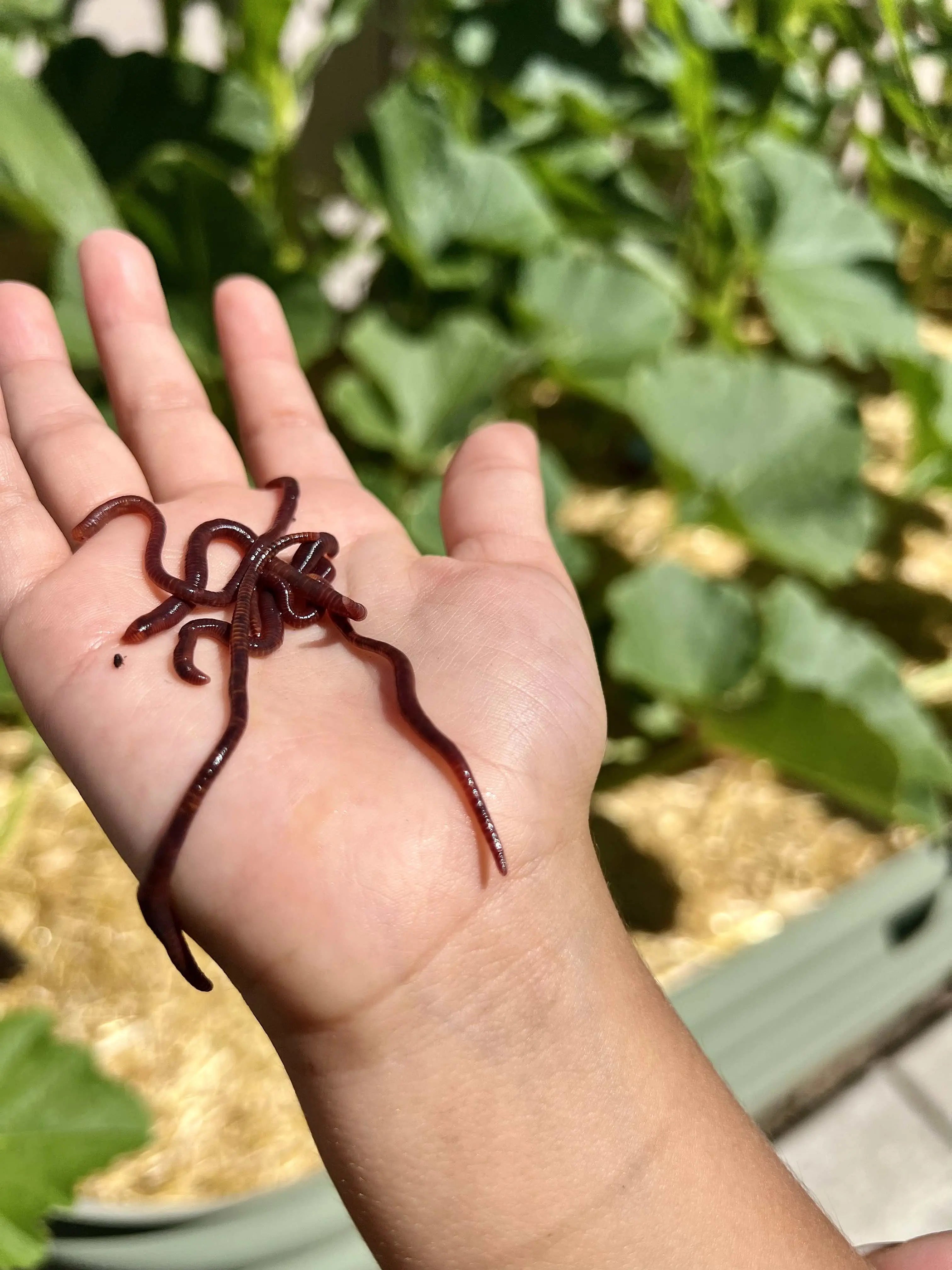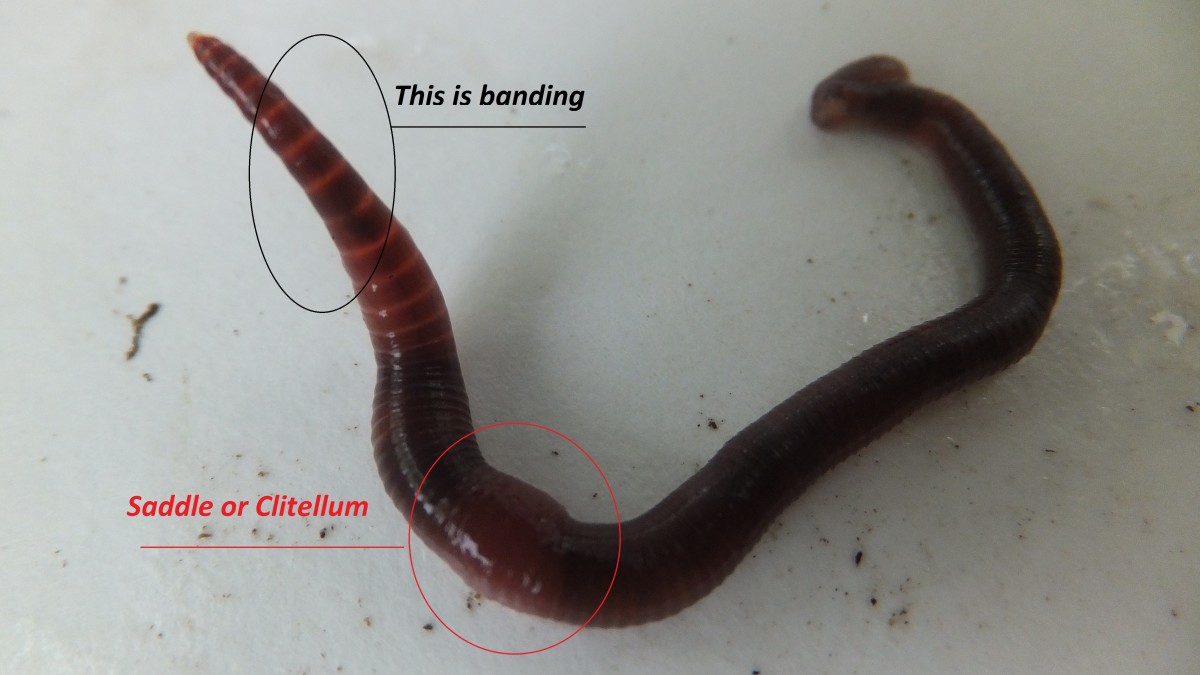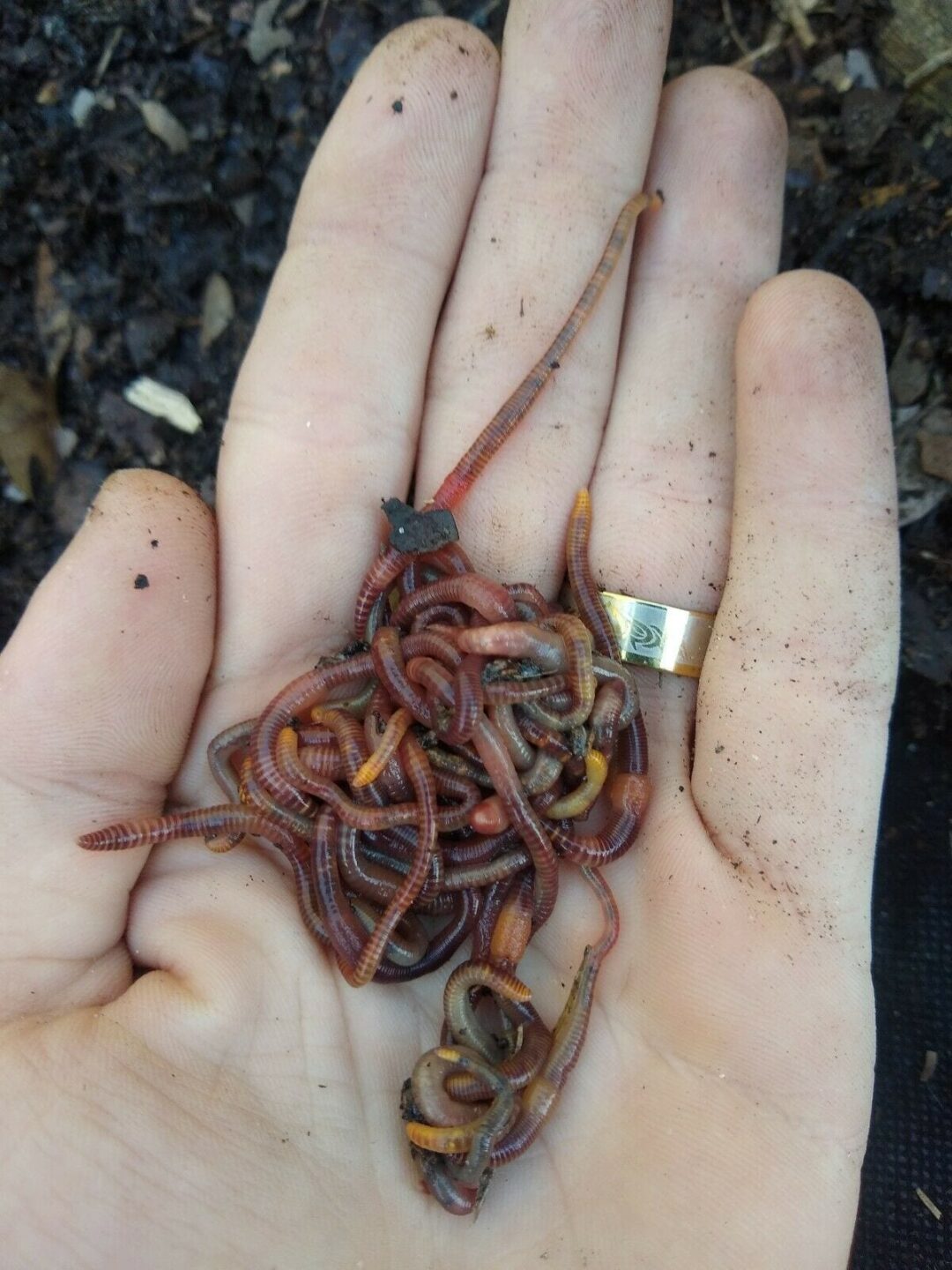Professional Lawn Care Assistance Powered by Lake Hickory Bait for Stunning Results
Professional Lawn Care Assistance Powered by Lake Hickory Bait for Stunning Results
Blog Article
Unlock the Tricks of Red Wigglers: Your Guide to Composting Success
The assimilation of red wigglers right into composting methods presents a significant possibility for enhancing dirt health and wellness and promoting sustainability. Recognizing their requirements and habits is crucial for optimizing their potential, from setting up a suitable worm bin to feeding them the ideal products.

What Are Red Wigglers?
(Red Wiggler Express)Red wigglers, clinically called Eisenia fetida, are a species of earthworm mostly utilized in composting due to their exceptional capacity to decompose raw material effectively. These worms are defined by their reddish-brown pigmentation and a segmented body, usually gauging in between 3 to 4 inches in length. Unlike other earthworm varieties, red wigglers flourish in abundant, organic environments, making them ideal for vermicomposting systems.
Belonging To North America, they are frequently located in decaying fallen leaves and compost heap, where they play a critical role in nutrient recycling. Their adaptation to staying in a damp, cardiovascular environment allows them to consume large amounts of organic waste, simplifying into nutrient-rich castings that improve dirt health and wellness.
Red wigglers replicate swiftly, with a single worm capable of creating a number of cocoons each week, each consisting of several hatchlings. Comprehending the biology and behavior of red wigglers is important for optimizing their possibility in composting applications.
Advantages of Utilizing Red Wigglers
Using the power of red wigglers in composting supplies countless benefits that enhance soil health and wellness and advertise lasting waste management. These impressive organisms efficiently damage down raw material, changing kitchen scraps and backyard waste into nutrient-rich vermicompost. This ended up product is exceptionally helpful for plant development, as it boosts soil framework, enhances dampness retention, and boosts vitamins and mineral schedule.

(Red Wiggler Express)Additionally, the visibility of red wigglers in your composting system can speed up the composting process, generating premium garden compost in a fraction of the moment contrasted to traditional approaches. The spreadings generated by these worms are additionally including useful microbes that further improve the dirt ecosystem.
Setting Up Your Worm Container
Producing an efficient worm container is a simple procedure that can dramatically boost your composting efforts. The very first step is picking an ideal container. Worm bins can be made from plastic storage containers, wooden boxes, or readily available worm bins. Make sure the bin has sufficient water drainage and ventilation openings to preserve optimum dampness degrees and air movement.
Next, prepare the bed linens product, which offers as the worms' habitat. A mix of shredded newspaper, cardboard, and coconut coir works well, offering a comfy setting for the worms.

Feeding Your Red Wigglers
To make certain the health and performance of your red wigglers, it is essential to provide them with a well balanced diet that satisfies their dietary needs. Red wigglers flourish on a varied variety of natural materials, which not just supply needed nutrients however additionally promote reliable composting.
Start by including kitchen scraps such as vegetable peels, fruit cores, and coffee premises. Stay clear of citrus fruits, onions, and garlic, as these can be destructive to worm health and wellness. Furthermore, present shredded paper, cardboard, and completely dry fallen leaves to produce a well-aerated environment.
Feeding frequency ought to be kept track of; usually, worms can consume half their body weight in food weekly. It is essential to prevent overfeeding, as excess food can cause undesirable odors and draw in parasites. A great technique is to include food in tiny quantities, enabling worms to refine it prior to presenting extra.
Preserving wetness levels is also vital; the bed linens needs to be moist but not soggy. Finally, be sure to frequently examine the temperature and pH degrees of the bin to make sure an ideal setting for your red wigglers, eventually boosting their composting effectiveness.
Harvesting and Using Garden Compost
A successful composting process with red wigglers finishes in the abundant, dark compost called vermicompost, which can significantly boost dirt wellness and plant growth. Gathering this nutrient-dense material usually occurs every three to 6 months, depending upon the dimension of your system and the quantity of raw material being refined.
To gather, delicately different the compost from the worms and any kind of undecomposed materials. One effective method entails moving the components of the bin away and adding fresh bed linens and food to the void, my company motivating the worms to move. After a few days, the garden compost can be accumulated from the opposite side.
It is crucial to use vermicompost appropriately to maximize its advantages. By incorporating vermicompost right into your horticulture program, you not just reuse organic waste but likewise develop a flourishing environment that supports lasting gardening methods.
Final Thought
In summary, red wigglers offer as exceptional allies in composting efforts, changing organic waste into nutrient-rich vermicompost (Red Wiggler Express). Their distinct biological features and efficient waste handling capacities contribute dramatically to sustainable horticulture practices. By comprehending the ideal conditions for their habitat, feeding needs, and compost harvesting techniques, gardeners can boost soil wellness and promote plant vigor. Welcoming vermicomposting not just minimizes garbage dump waste yet also promotes a more environmentally responsible technique to horticulture and source management.
Report this page